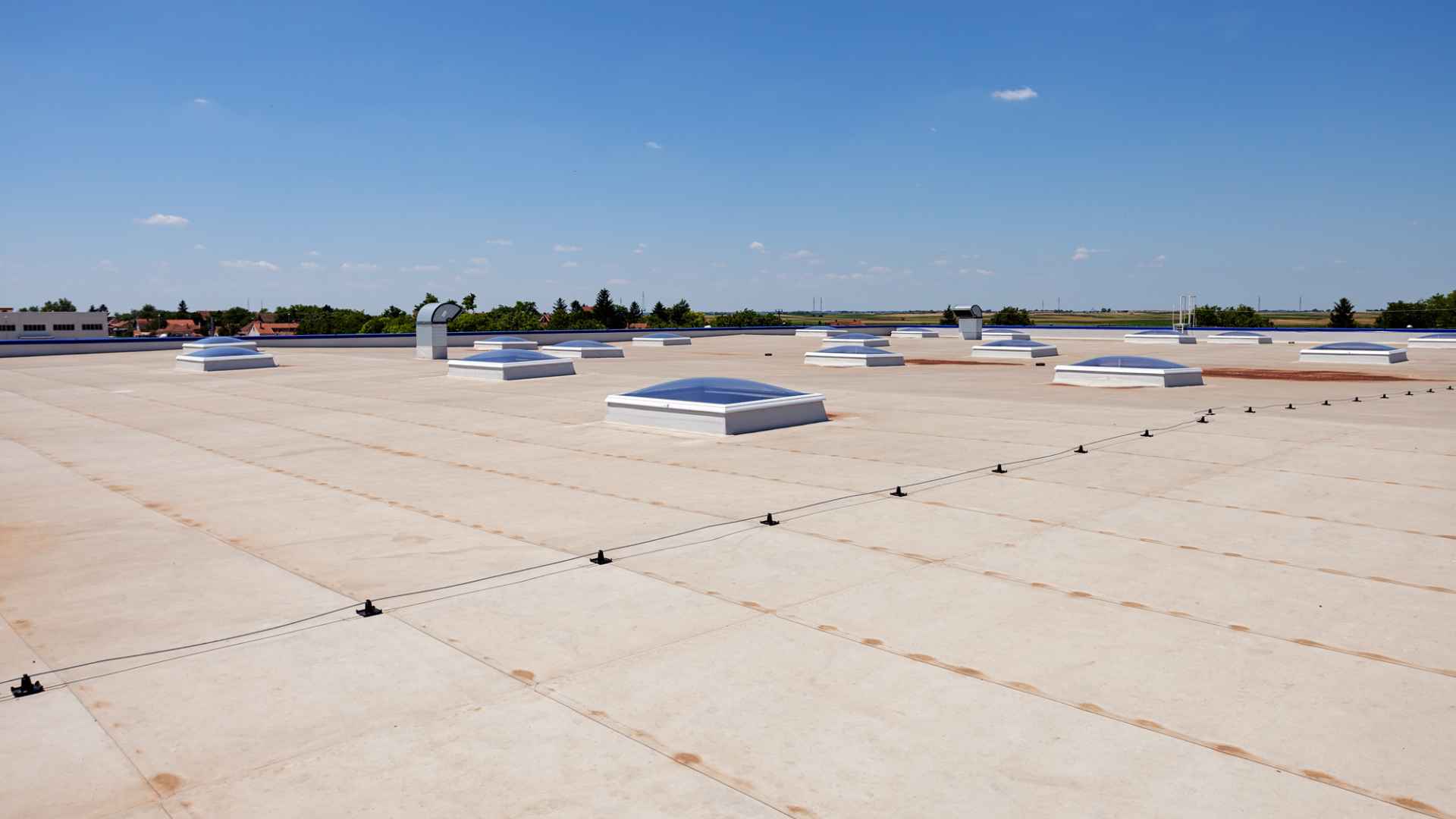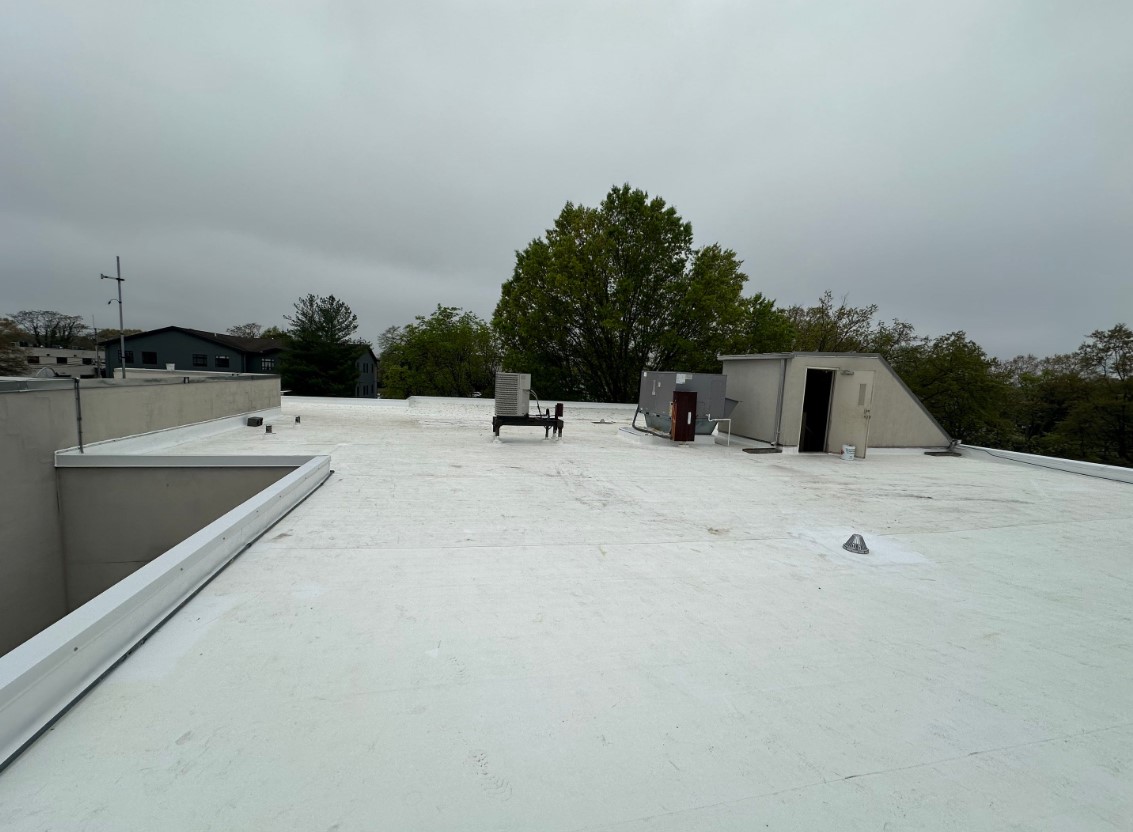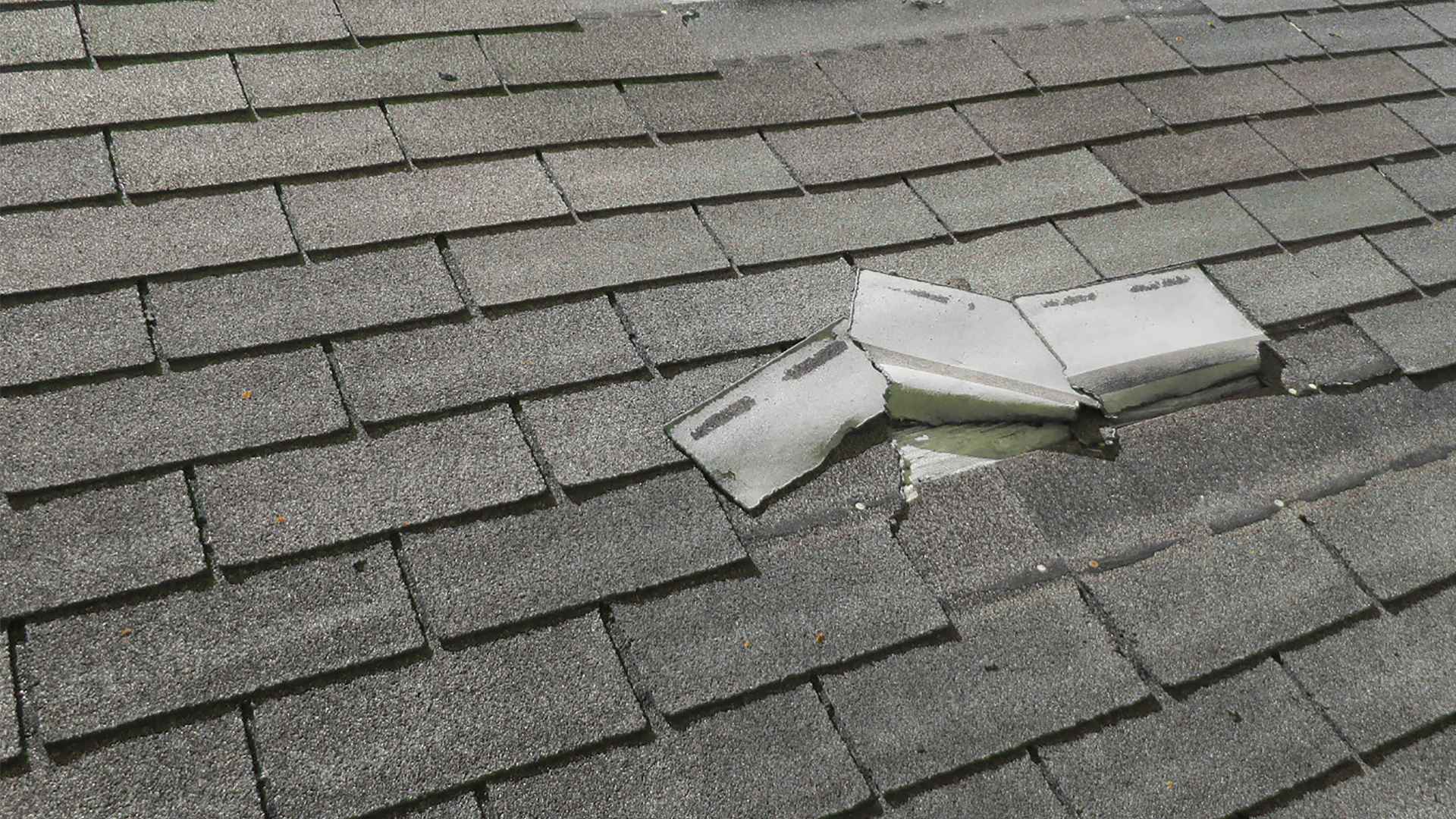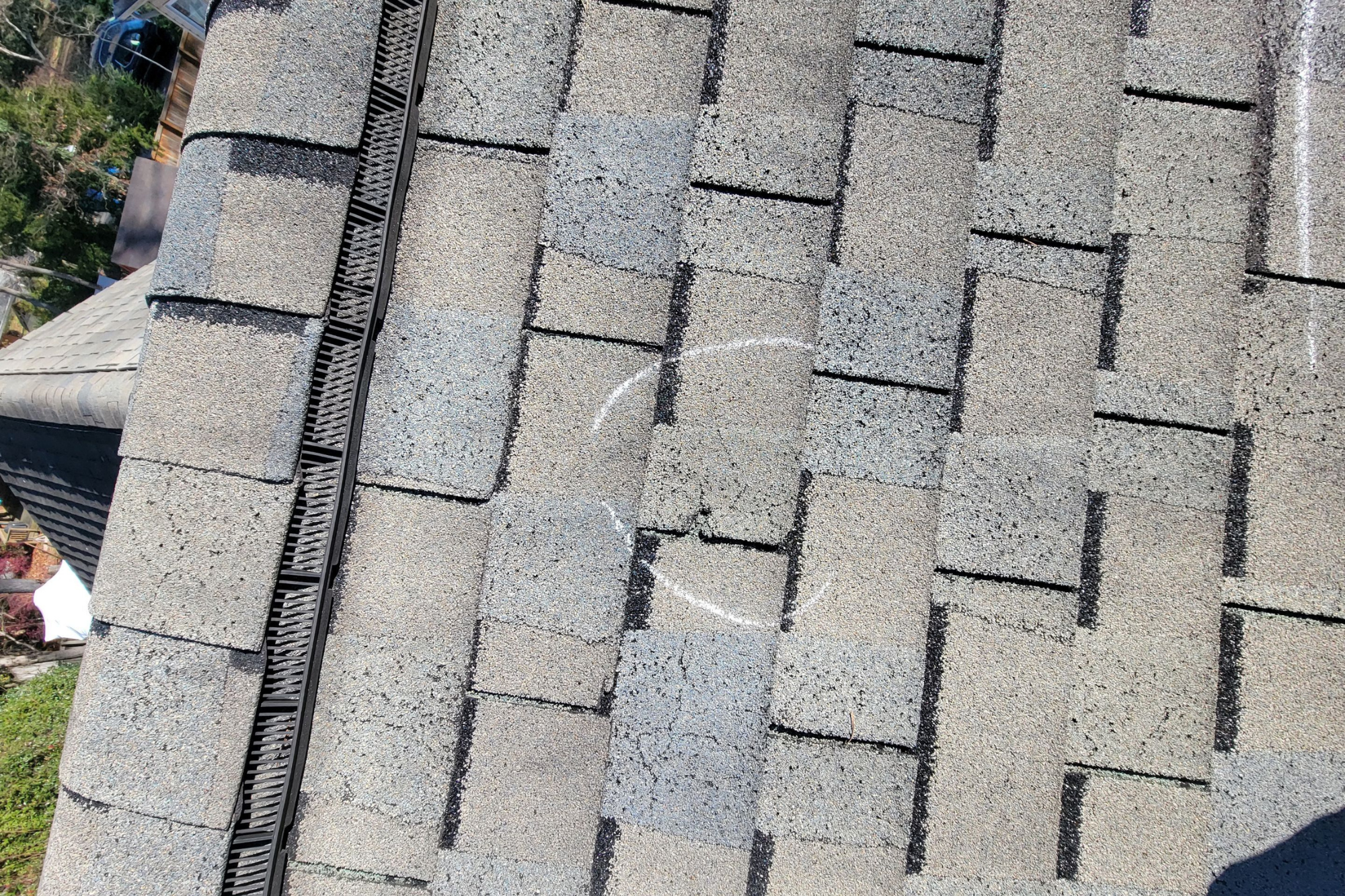Many commercial buildings in the Maryland area have flat roofs due to the many benefits they offer. Although flat roofs are durable, there will be a time when you need a roof replacement. So, what should you expect from this process?
Maryland is home to over 600,000 small businesses. It is a great place to thrive as a commercial business, but many factors can pause your operations, including a commercial flat roof replacement.
If you are considering a new roof for your business, knowing what to expect from the process is important so you can adequately prepare. Read on to know what to expect from the commercial roof replacement process.
Stage One: Commerical Roof Inspection
The first step to a commercial flat roof replacement is an inspection. One of the top benefits of flat roofs is that they are easily accessible. The commercial roof service will do an exterior and interior inspection to inform their plan.
Usually, you can expect the interior inspection first. This is because you can often see the most damage. They will also discuss your needs and preferences, such as your new roof material and whether you want skylights.
You can often spot water damage as a sign you need a roof replacement. This damage can include mold, stains, and structural damage. If there is interior damage, replacing your roof will also involve repairing the integrity of the building’s interior.
Often you can continue commercial operations during the inspection. The professional will use basic equipment and inspect any inner storage areas for internal damage.
Then, an external inspection will be done. The roofing contractor will closely inspect the external roof system, looking for visual indicators of damage. These indicators include visible damage, such as cracks, water damage, and blocked drainage systems.
Stage Two: New Roof Planning
You will then receive a cost estimate and a plan of what needs to be done for your roof replacement. Your roofing contractor will also apply for any approvals needed, although Maryland doesn’t require a permit specifically for roofing.
Depending on your roof replacement needs, the planning stage can take several weeks to complete. It is a time when you will know estimates of how long the project will take and what steps you need to take to prepare your commercial space for the change.
Stage Three: Roof Removal
The first step to replacing your roof is to replace the old materials, so they can replace the roof with ease. It is also the time when the contractor will address any structural damage, so your new flat roof will be structurally sound. They may have to remove rotted areas and clean the existing system, such as the vents.
During this phase, there can be noise disturbances and often mess due to the construction. Expect to see materials arriving at your space for your commercial flat roof replacement.
Usually, your contractor will be using construction equipment such as cranes and dumpsters. It is the time when anyone who uses the property needs to be outside the work perimeter.
Safety gear is essential at this stage, so it is important to make alternative arrangements, so commercial operations can continue elsewhere. Your roof removal can take as little as a day to a week or longer, depending on the original flat roof construction and structural damage.
Stage Four: Installation
Once your contractor removes your old flat roof, it is time to install your new roof. They will first prepare the roof service, which involves installing a drip edge. Usually, the drip edge is a metal border, which will prevent water leaks and damage during the construction process.
Then, the contractor will create a waterproof seal by adding a membrane to the insulation. Once the space is secure, they will begin to add the new roof materials.
The installation includes all elements of your new commercial flat roof. These components often include drainage systems, flashings, and skylights. A flat roof typically takes around five days to install, but it depends on the size of your commercial building and if there are any delays.
Stage Six: Clean-up and Inspection
Once your new roof is complete, your contractor will do another inspection. This time, the inspection is to check there are no leaks or other issues. They aim to identify if there have been any mistakes during installation so you do not experience problems at a later date.
Usually, a local inspector inspects the property and confirms the project is complete. Once the inspection is complete, it is important to check you have copies of the agreed warranties for your roof. It is also an opportunity to discuss their maintenance services in more detail and decide if you want to establish a maintenance schedule to keep your new roof in optimum condition.
Your roofing contractor should then clean up the site and remove any remaining construction equipment. The last step? You are ready to enjoy your new commercial roof.
Factors That Impact Roof Replacement
Your roofing contractor will give you an estimate of how long it will take to get your new roof. However, several factors can impact timelines. These include the weather, permit delays, and structural damage.
Your roofing contractor will try to schedule your roof replacement during a good weather window in Maryland. However, sometimes the weather is unpredictable, and you cannot control a delay.
During the planning stage, you may have to wait to confirm permits. Fixing structural damage can also take time, but it will ensure your new roof will last.
Commercial Flat Roof Replacement, Maryland
Knowing what to expect before a commercial flat roof replacement is important, so you will feel at peace with the process and make any necessary arrangements in advance.
Are you ready for your roof replacement? Landmark Roofing is a full-service commercial roofing contractor, ready to deliver the quality service you need. We provide expert services for all types of commercial, industrial, and multi-family buildings.
Get started by requesting a free estimate for replacing your roof with us.
Contact Us
After starting his first business at age 26, Artie Hendricks partnered with his best friend Rob Calhan and they have assembled a team of skilled and conscientious friends to be the core of Landmark Roofing. He largely credits his father’s strong and consistent work ethic and his father’s best friend Jerry, who owns a construction company and trained him through his first building experiences. Artie has since advanced through degrees in architecture, auto-CAD and construction management to build a business that prides itself on the care it shows for its work and its customers’ satisfaction.






